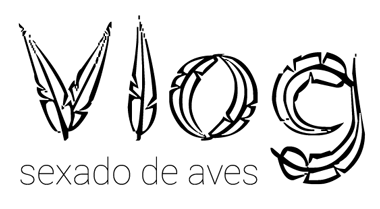Mythological Birds: What are they? History, Features, and Types
Mythological Birds: What are they? History, Features, and Types Mythological birds are a cause for representation that has been repeated countless times in most known cultures. Being separated by centuries and entire continents without any conceivable
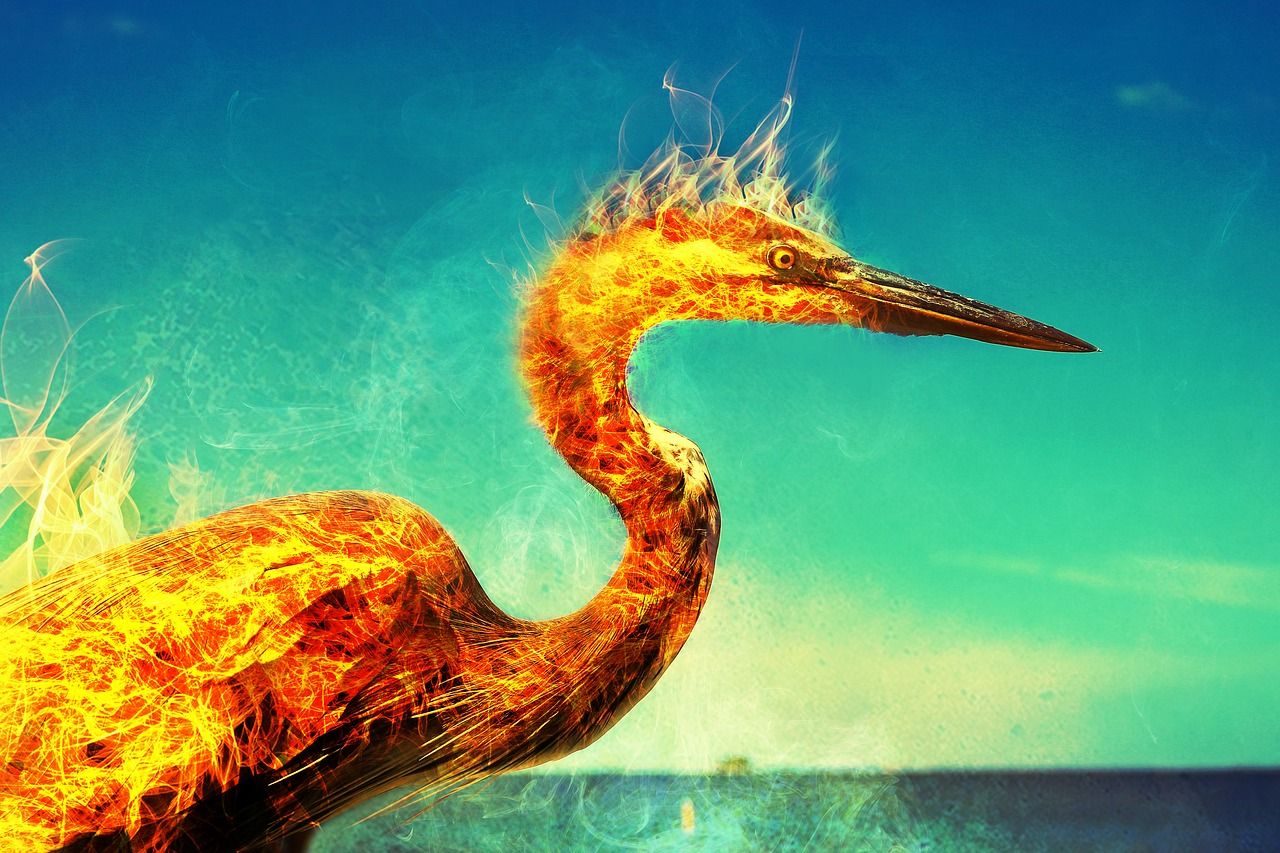
Mythological Birds: What are they? History, Features, and Types
Mythological birds are a cause for representation that has been repeated countless times in most known cultures. Being separated by centuries and entire continents without any conceivable contact, these cultures have imagined amazing supernatural birds.
Among these mythological bestiaries, these winged creatures perform different functions that represent a specific aspect of culture.
What is a Mythological Bird?
A mythological bird is a creature that belongs to the religious or theological imaginary of a particular culture. These birds may have supernatural powers related to the pantheon determining the one they belong to and close to the relationship with the gods of that culture. But they can also be simple animals within the fauna conceived by that culture.
History of mythological birds
The beginning of the history of mythological birds dates back to the most remote times of human kind. The number of cultures that have had one of these creatures in their imagination is countless. This is because there is no clear notion about it was believed in all the known cultures.
One of the main cultures that have used the image of a mythological bird is the Maya. In this culture, one of the main representations is Quetzalcoatl. Another important representation is the Henu, the ancestor of the Phoenix.
Representation
Mythological birds around the world have been represented based on the fauna which each culture has contact with.
Regarding the characteristics of this fauna, the inhabitants grant them supernatural powers or extrapolate potential creatures belonging to this fauna.
Its representation also depends on the means of each culture, whether hieroglyphics, scrolls, oral or written tradition.
Features
The characteristics of mythological birds will be informed by their relationship with both the natural and spiritual or religious environments.
Their natural environment will give them their physical appearance and their animal characteristics, while the religious environment their mystical or supernatural function. Not all mythological birds are magical, but it is a very recurring feature.
Types of mythological birds
Naming all types of mythological birds would require a much greater extent than this article. To classify them would oversimplify the cultural and mystical weight that each of them has for the culture of origin.
The best possible approach with the available resources is to set out the most important examples of the cultures that influence us today.
Henu
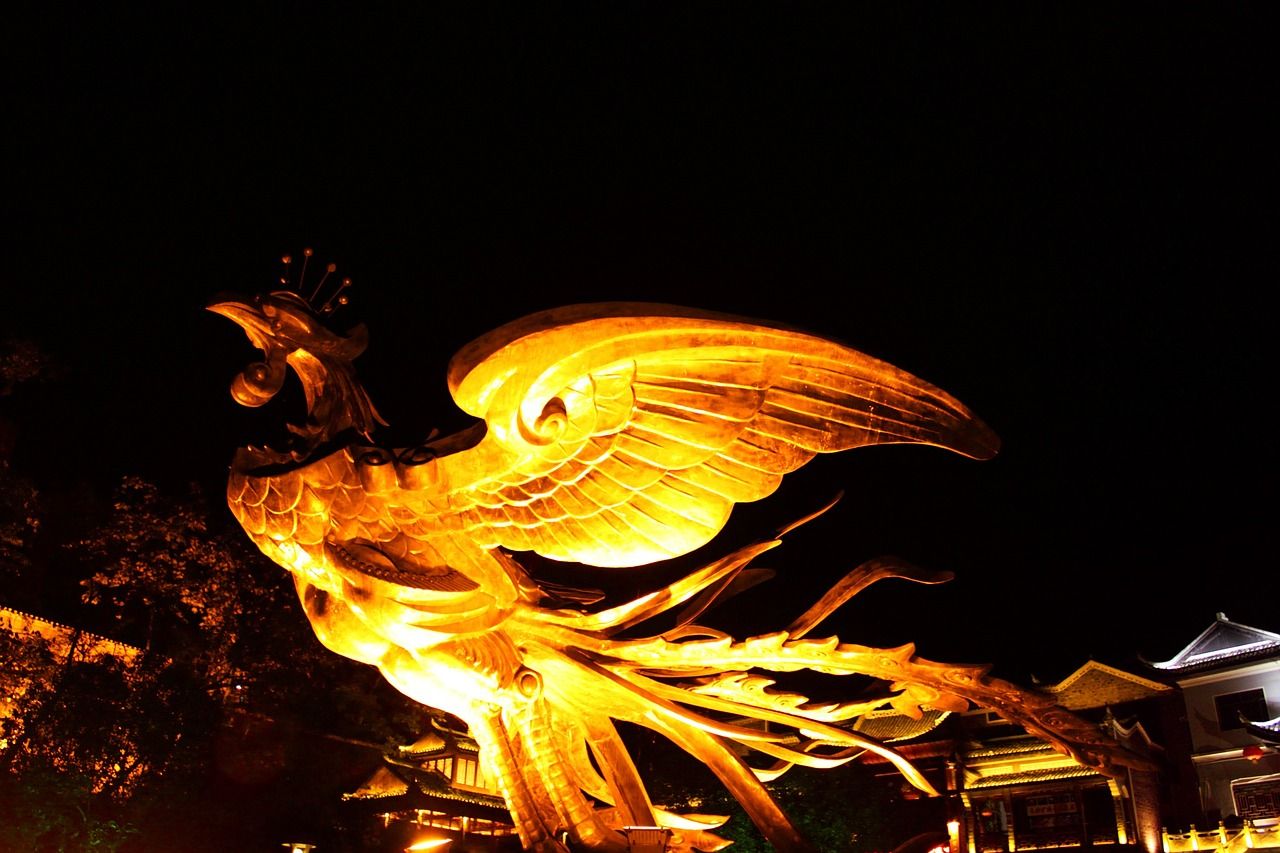
Phoenix bird that arises from the figure of the Henu
The Henu is the cultural ancestor of the Phoenix. Cultures are not born and develop in an empty space, but they feed on others through demographic contacts. The Greeks, despite being our immediate cultural ancestors were influenced by the Egyptians because of their geographical proximity.
The case of the Phoenix is an example. This mythological bird is influenced by the Egyptian Henu, a heron-shaped bird, sometimes with a human head. It was sent by the sun god to order chaos with its chirping and so create the world. Like the sun, the Henu is renewed every day, dying at dusk and reborn at dawn.
Anzu
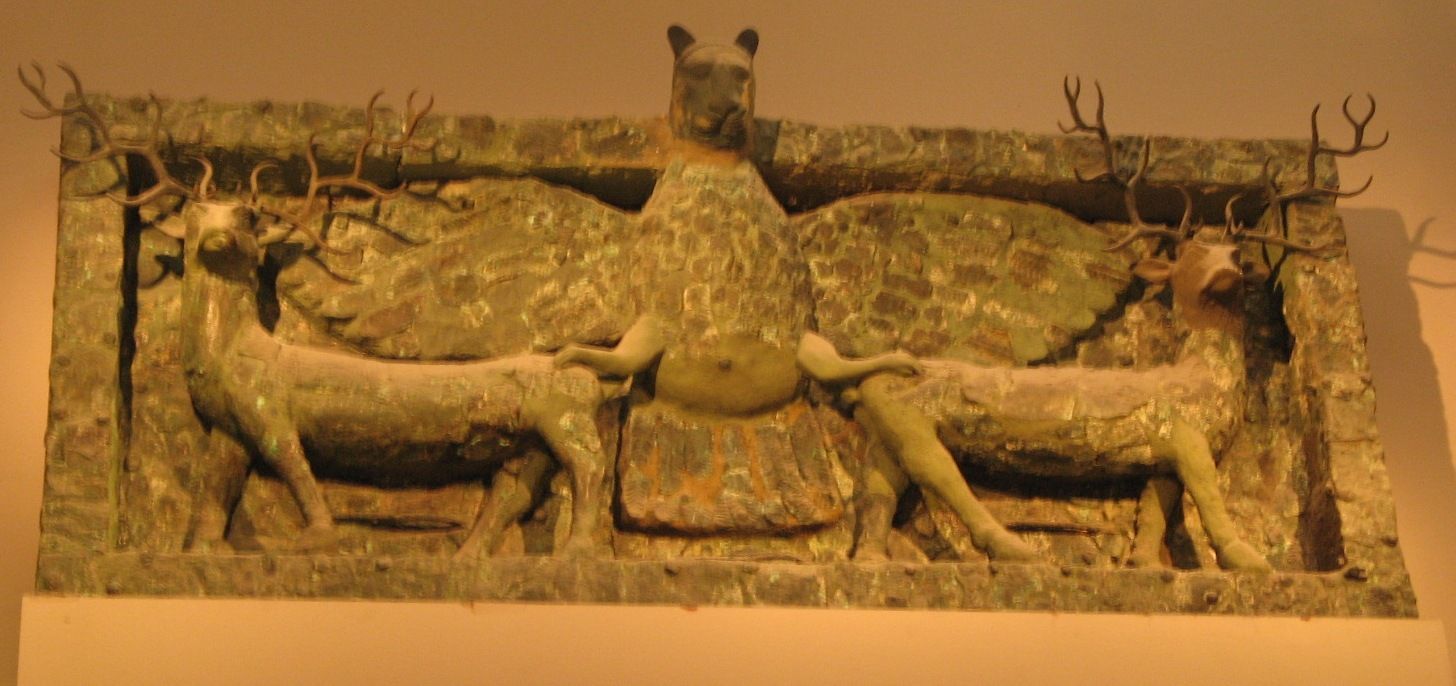
Representation on the frieze of the Anzu. Image courtesy of Wikipedia
The Anzu is native from the Sumerian culture, one of the first and most mysterious civilizations discovered. There is not so much information about it, but its advances define modern culture almost all over the world. The Anzu people invented phonological writing, the wheel, boats, carriages, and metallurgy among others.
This great cultural influence left traces in the cultures that followed. One of these is the existence of the Griffin, a flying animal half lion, half eagle. The antecedent of the tap is the Anzu with an eagle body and a lion’s head. This bird is so powerful that it steals the creative power of the gods and walks away to the mortal world.
Mermaids
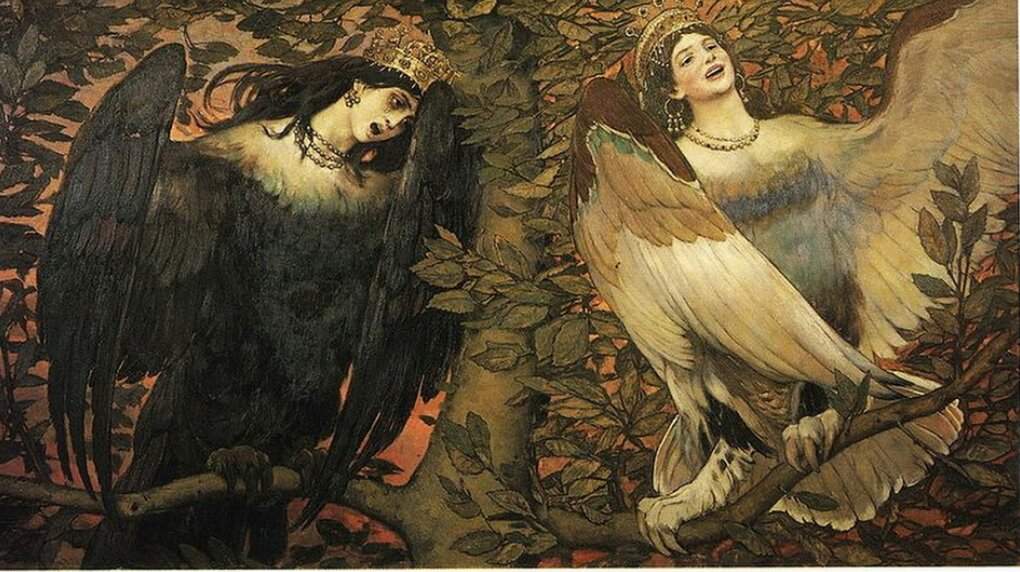
Canvas with the representation of two Greek Mermaids. Image courtesy of Aminoapps
Greek mermaids are not sea creatures as they are known today. They are half-bird beings, half women living near the sea looking for sailors to confuse with their songs. As they sing they confuse the sailors, veering towards the rocks upon their death. One of the most famous performances of the mermaids is in Homer’s Odyssey.
Roc
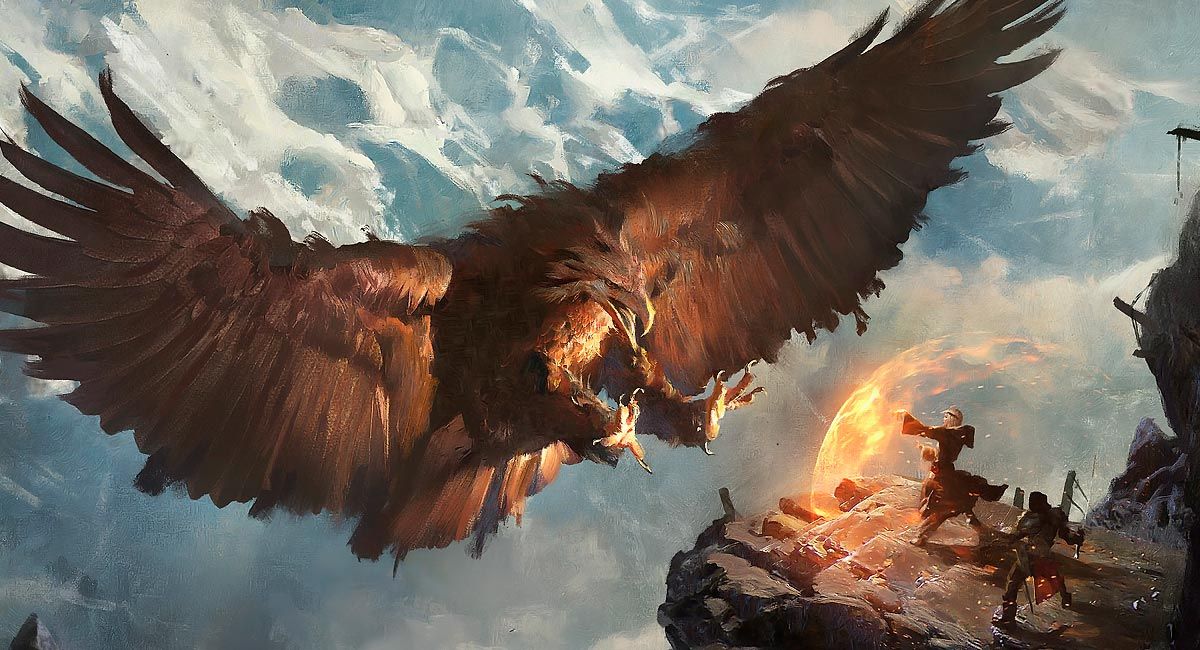
Watercolor representing the power of Roc. Image courtesy of Eldarya Forum
This is a Persian mythological bird represented as a giant vulture that could hunt an elephant without difficulty. You don’t tend to associate mystical powers by not relating to the gods. Because of the cultural closeness, the Persians have had with the Greeks, this is also part of Greek mythology.
Holy Spirit
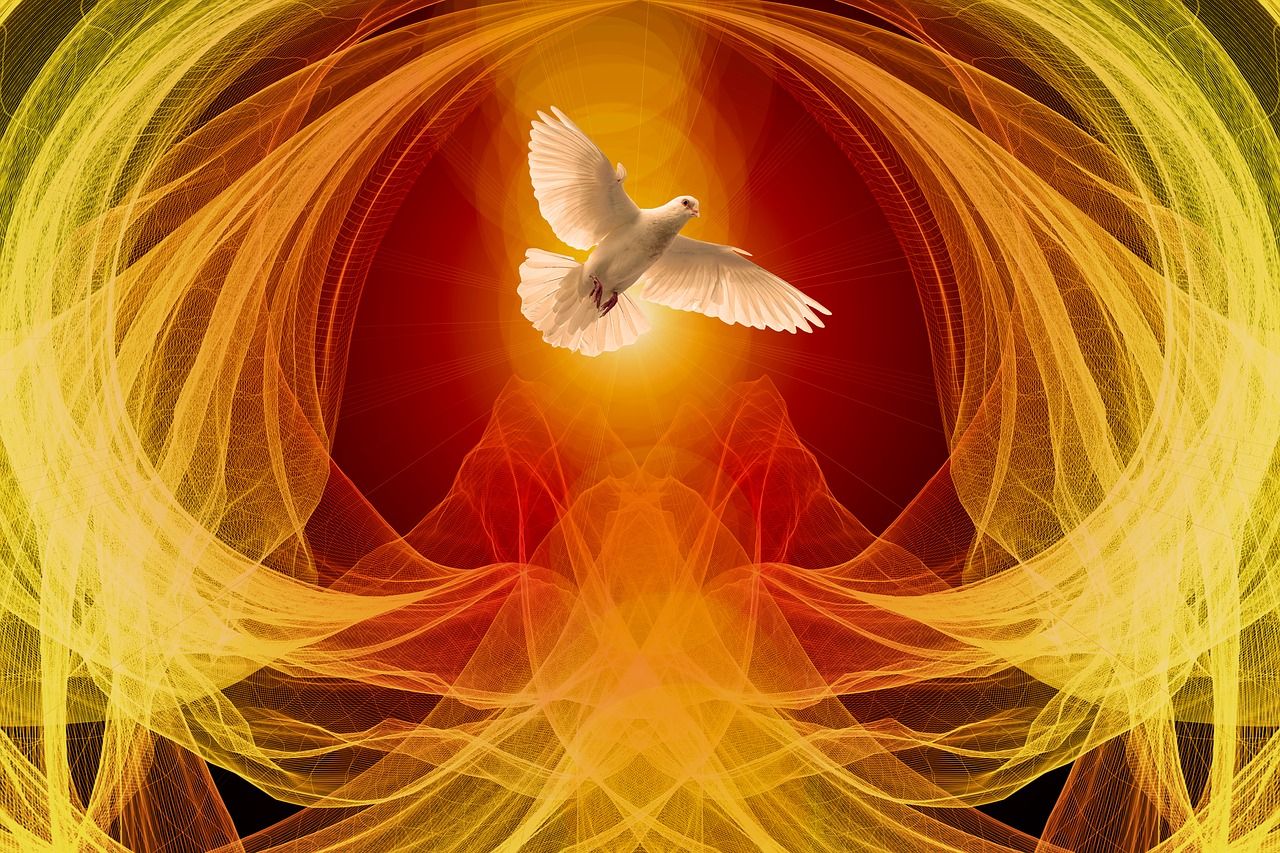
Symbolic representation of the Holy Spirit
Perhaps it is the closest cultural reference we have as a society of a mythological bird. It is shaped like a shining dove and is the partial representation of the Judeo-Christian god on earth. Today, it is an important symbol of the Christian church and it is still attributed mystical powers.
Quetzalcoatl
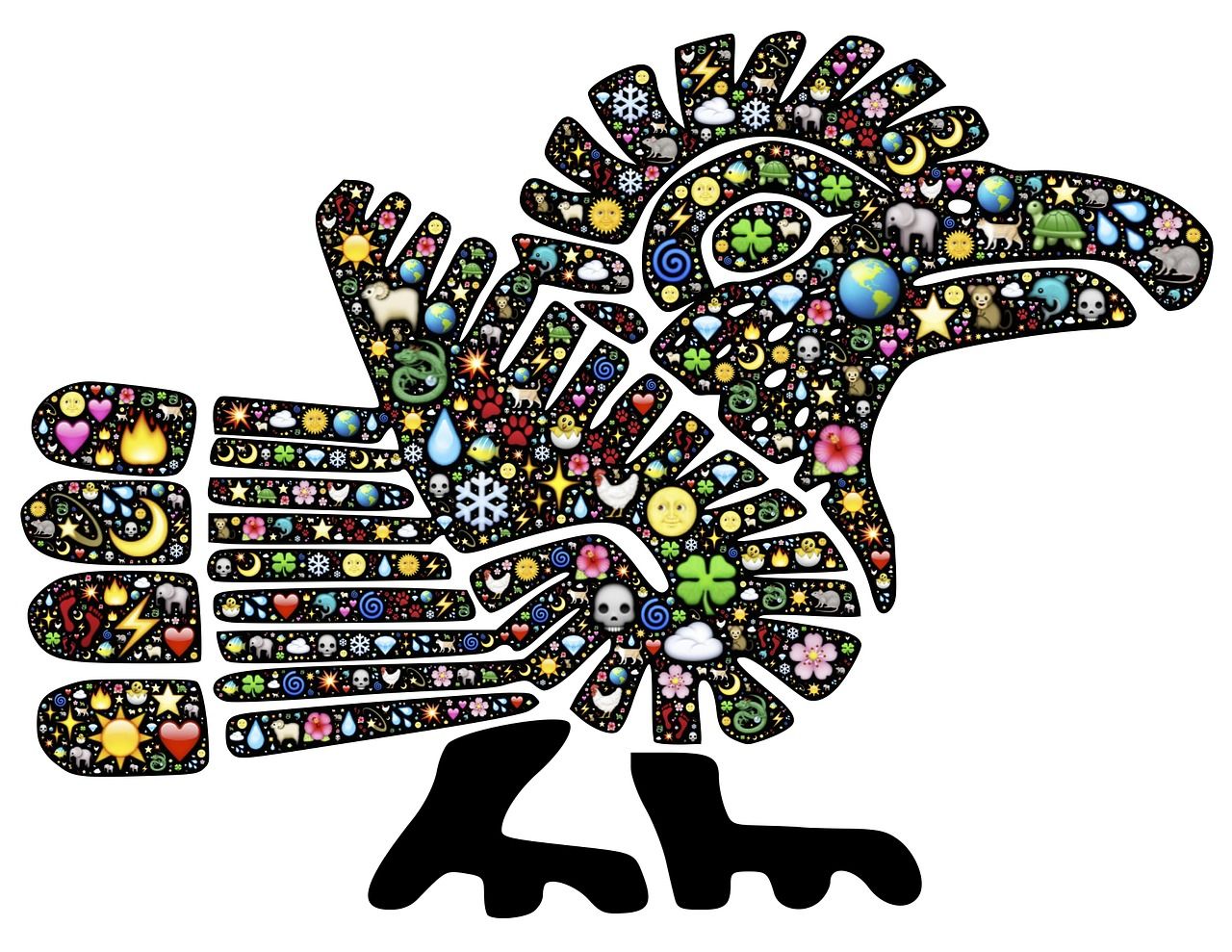
Mosaic representation of the Quetzalcoatl
It is the Mayan representation of the god half bird, half snake. Different representations of this god were worshipped through Mesoamerican cultures, but It is the Quetzalcoatl the best known of them. It is the god of knowledge and wind for the Maya, and it was associated with the planet Venus and Dawn.
How did you like this walk through mythology and its birds? Do you know any others that are worthy to outstand? We are happy that you leave us your opinion in the comments of the article or through our social networks.
Remember that at BBI Laboratories we are specialists in DNA sexing of birds and detection of bird diseases. You can also follow us on our main social networks (Facebook, Twitter, Instagram) where we share relevant information about our activity and the world of birds.
